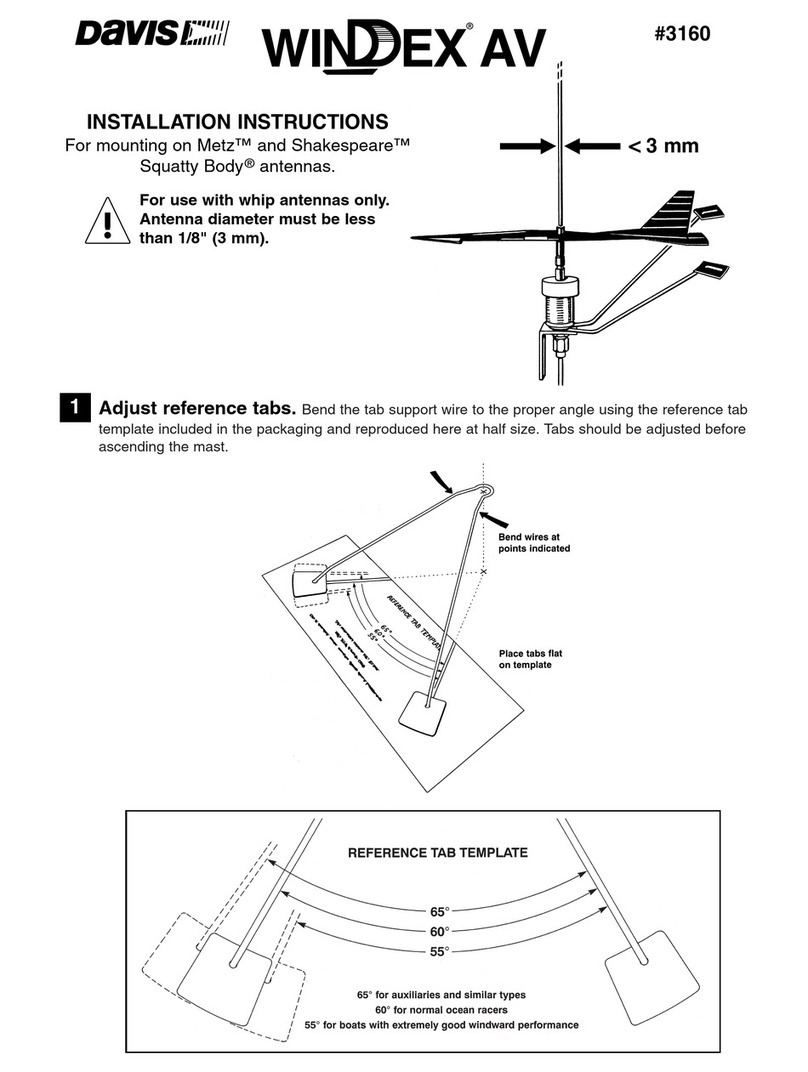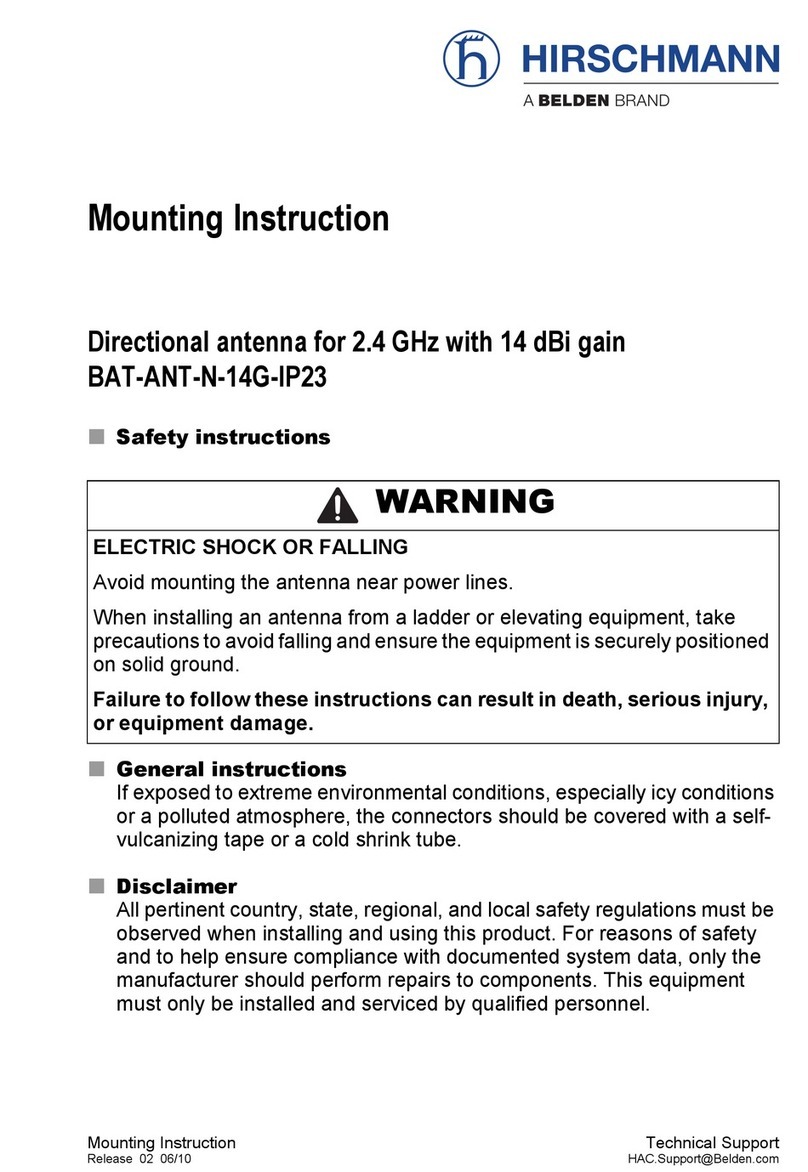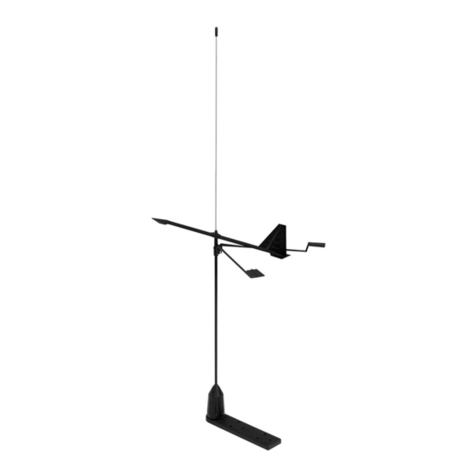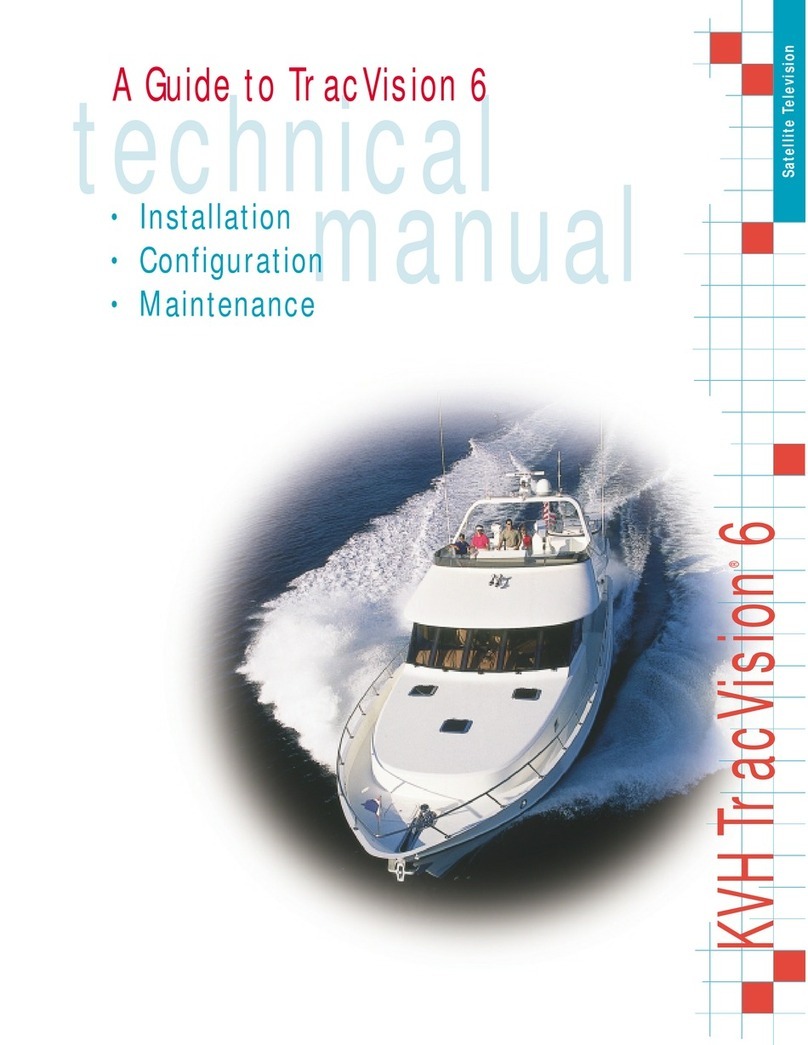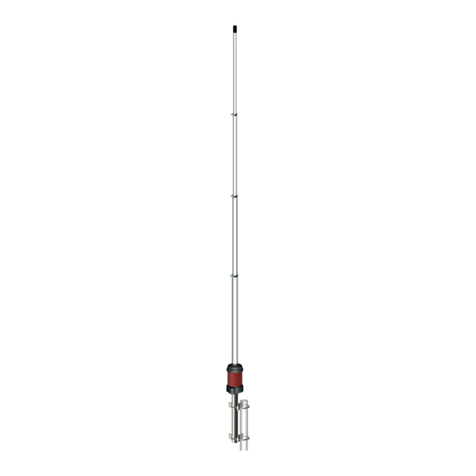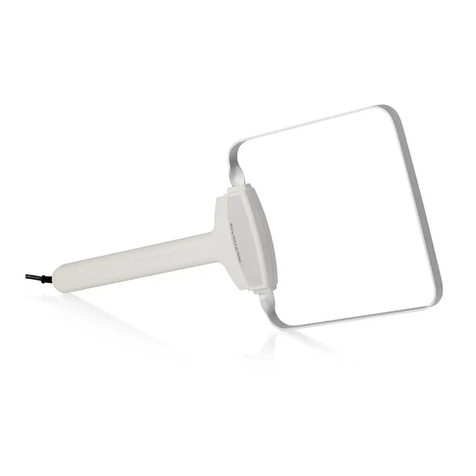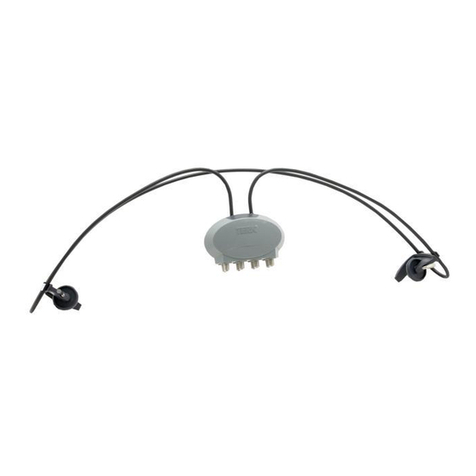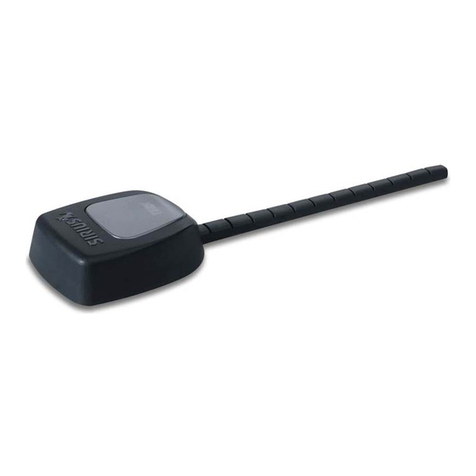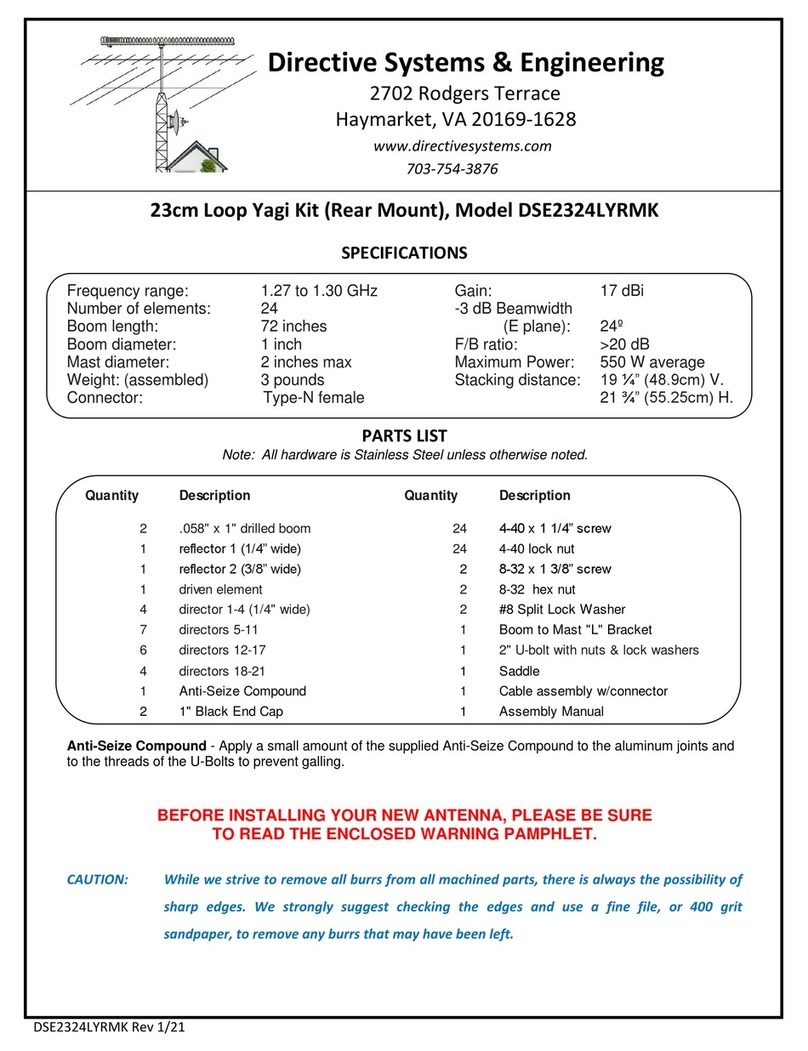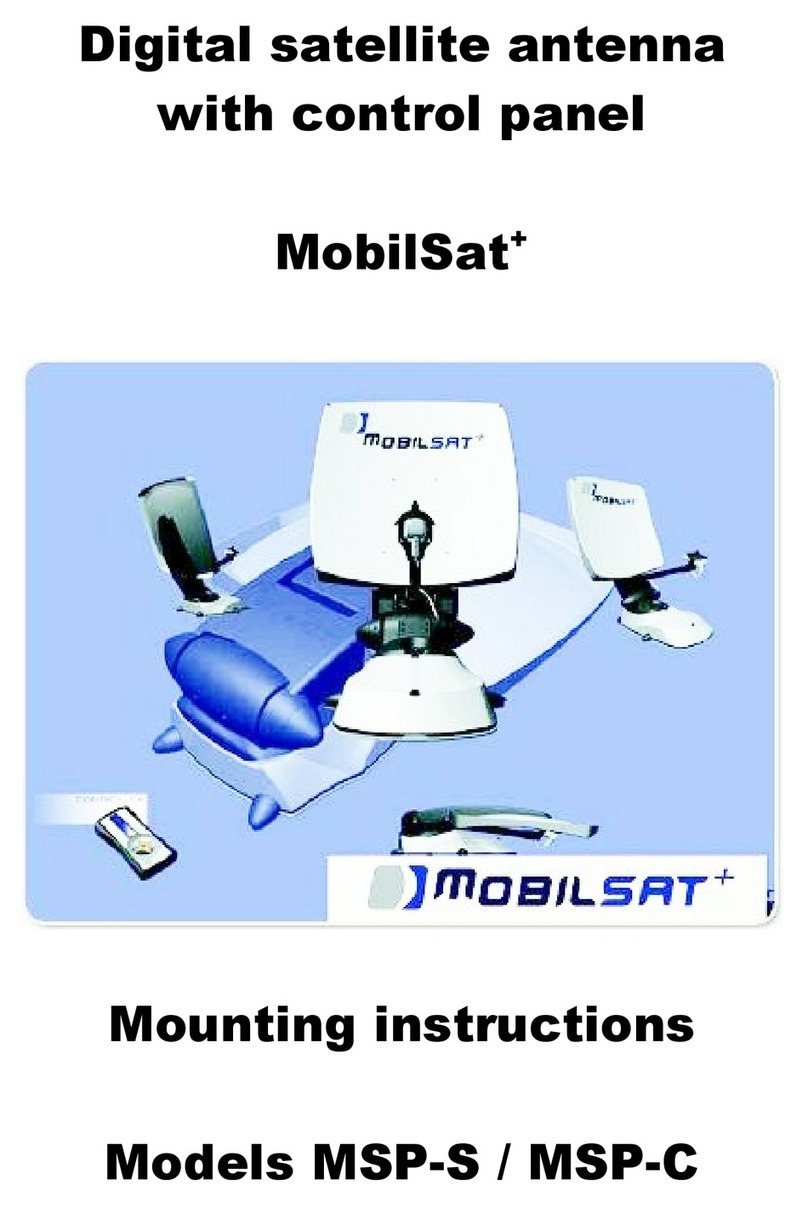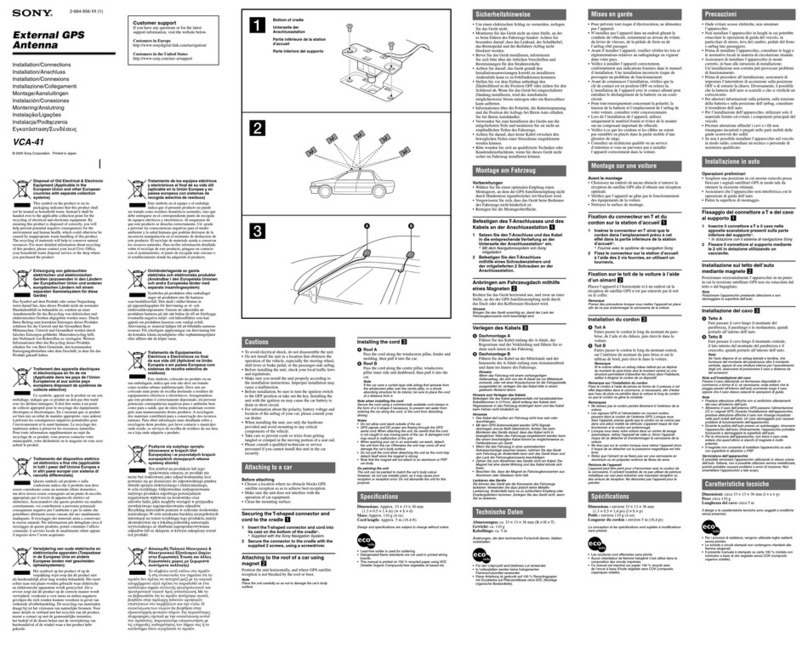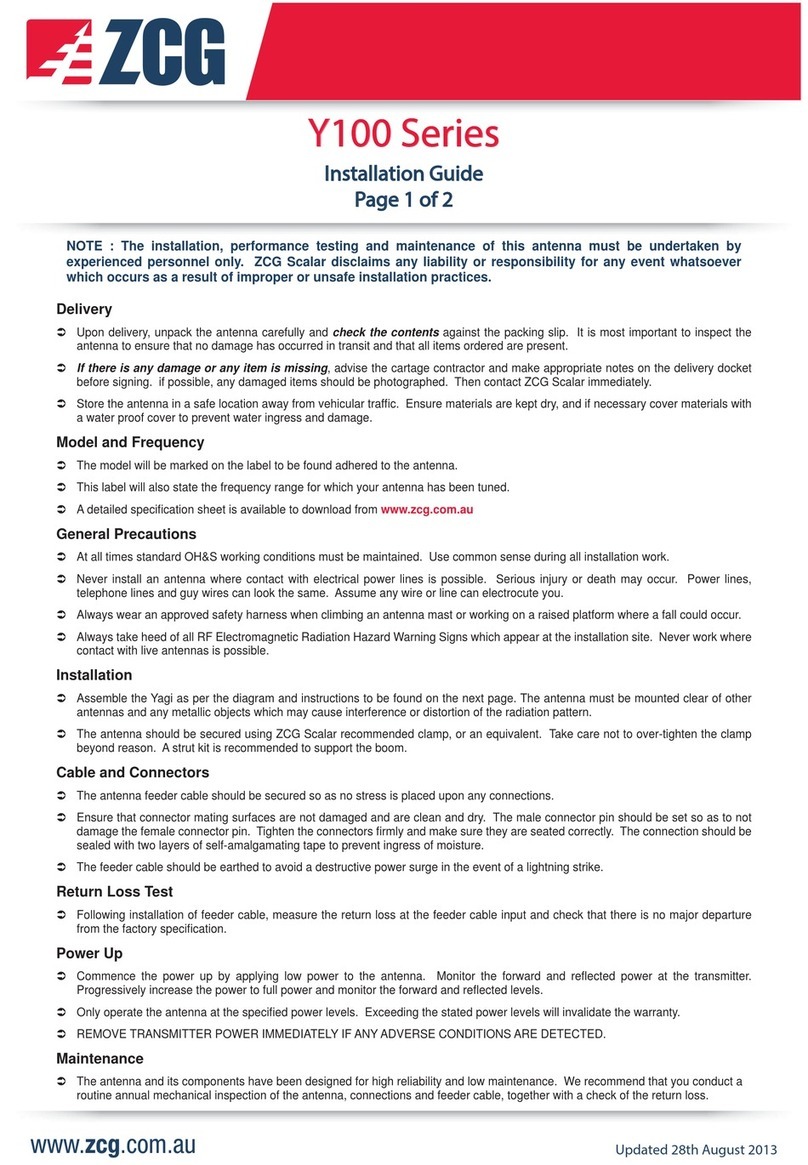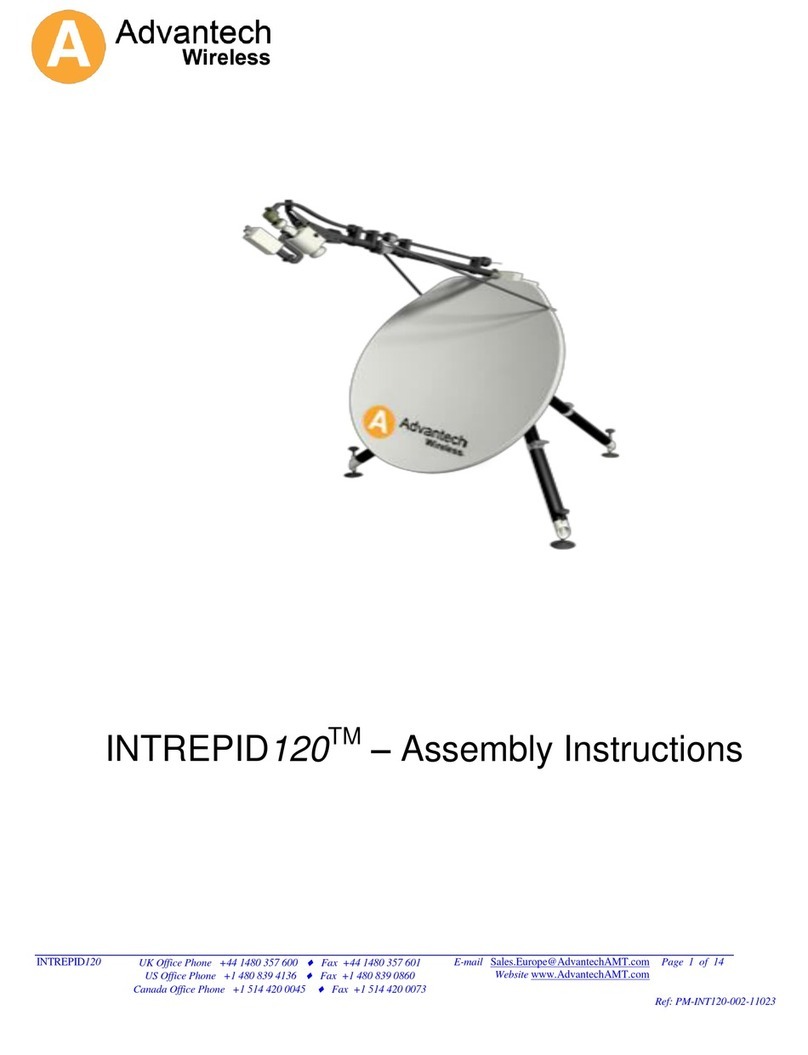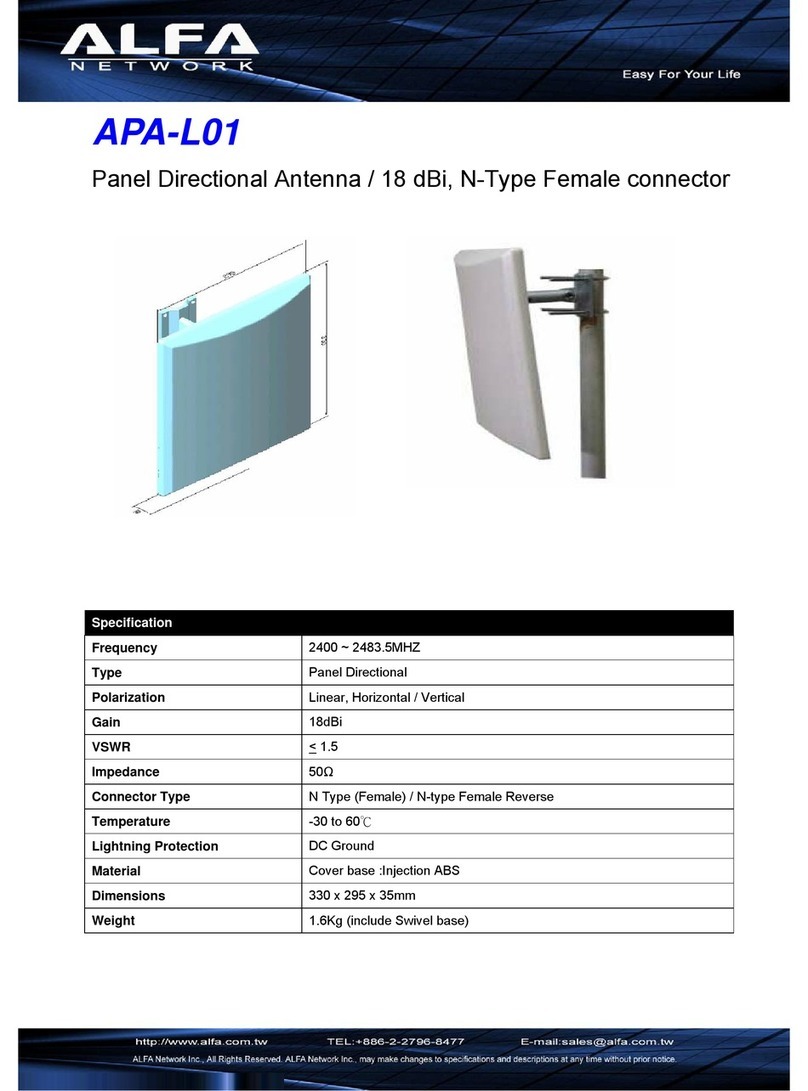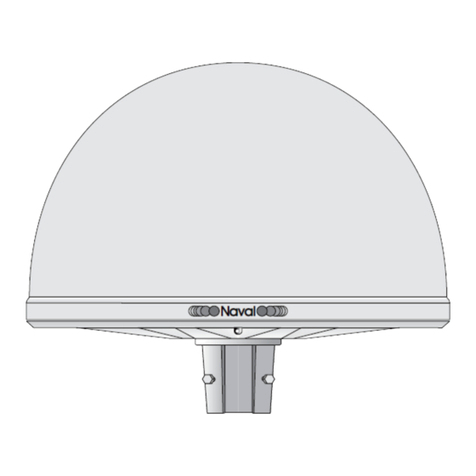Wireless Antenna Installation Guide | 7
Tip 4 - Know Your Signal Losses and the
Required Antenna Gain
Signal is lost across cables and connectors. e longer the antenna cable and
the more the number of connections, the more the signal loss. A larger antenna
gain is necessary to compensate for these losses and to meet the required
distance. As a rule of thumb, the RF range will be reduced by half for every
6 dB signal loss.
e lost signal has to be compensated by choosing a proper antenna gain. B&B’s
900 MHz Zlinx and Zlinx Xtreme radios come standard with a 3 dBi Omni
antenna and the 2.4 GHz radios come with a 2.1 dBi gain Omni antenna. If
more gain is necessary, choose a higher gain antenna depending on your system
requirement.
e table below shows the signal loss across cables and connections.
Tip 3 - Know Your Overall System Gain Required
to Meet the Distance
e more the distance between the radios, the more the overall system gain
needs to be. A quick rule of thumb for the overall system gains vs. distance is as
below:
Radio Frequency
& Wattage
300 ft
(100 m)
1000 ft
(300 m)
1 mile
(1.6 km)
5 miles
(8 km)
10 miles
(16 km)
2.4 GHz, 60mW 2.1 dB >6 dB >10 dB — —
900 MHz, 1W 2.1 dB 2.1 dB >3 dB >6 dB >10 dB
Note: RF signal is lost across cables and connections. Refer to Tip 4 to know the impact of
cable lengths and connections and how to select the antenna gain to compensate for the
signal loss.
SIGNAL LOSS ACROSS COMPONENTS
Signal Loss
868/900 MHz 2.4 GHz
Antenna Cable (LMR400) -3.9 dB/100 ft -6.8 dB/100 ft
Connectors (RP-SMA/N-Type) -0.5 dB -0.5 dB
Lightning Arrestors -1 dB -1 dB
